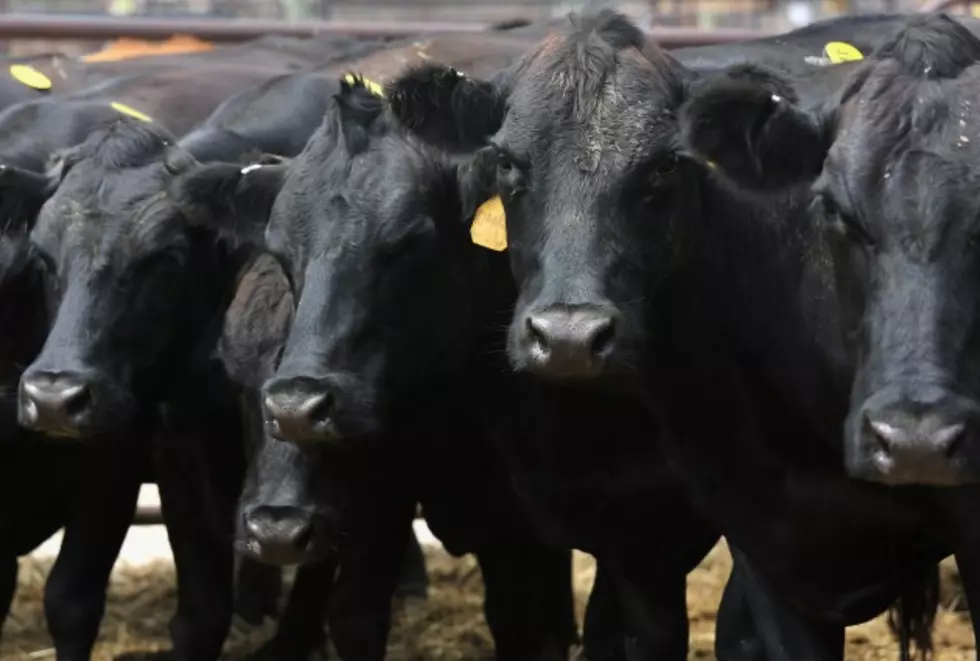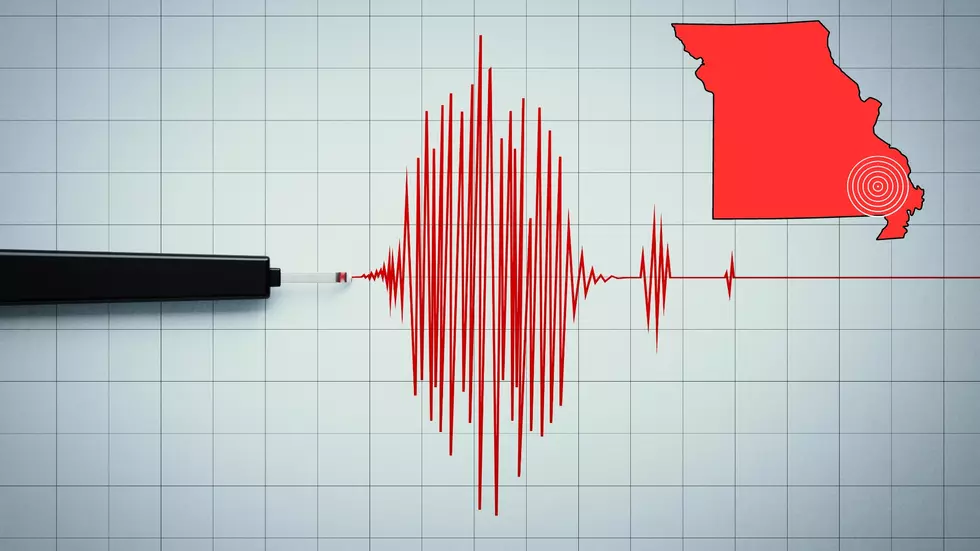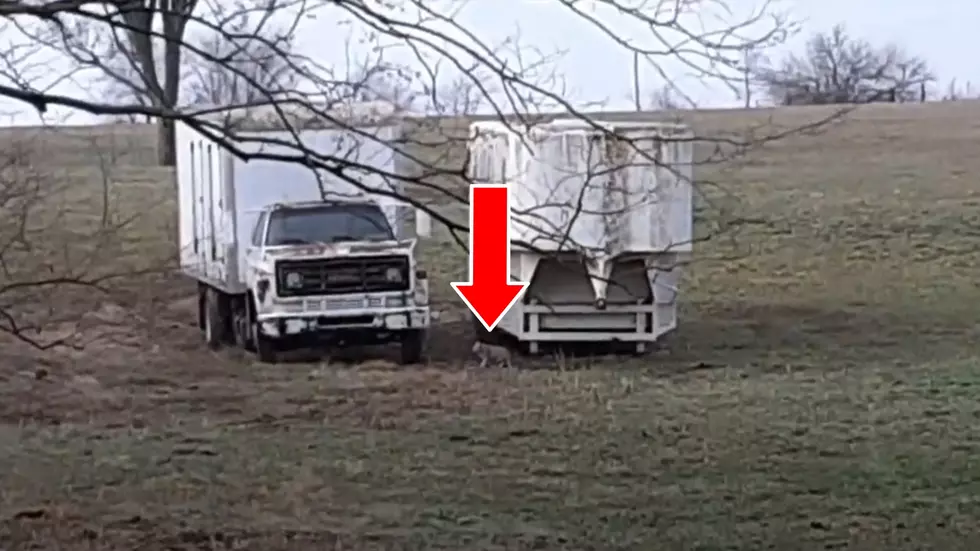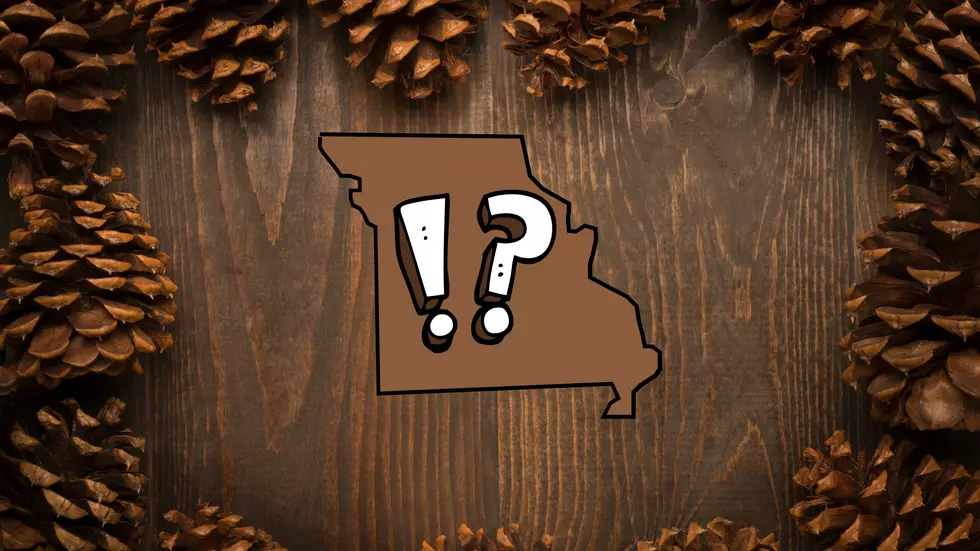
Need Cattle Feed? Find a Corn Field
This is from Susan Jonganeel at the University of Illinois.
URBANA -- Persistent drought conditions have rendered pastures lifeless, sent hay costs soaring upward, and jumped corn prices to the eight dollar mark, leaving cattlemen coping with record-high feed costs. Extension educator Travis Meteer said that looking to nearby cornfields for feed may be the most economical solution.
“The best way to use a harvested corn field is to allow cattle to graze it,” Meteer said. “Cattle graze selectively, looking for the more palatable feedstuffs. For cornstalks, the more palatable parts of the plant are also more nutritious. Cattle first eat the remaining corn grain, then husks, then leaves, and finally the stalk.”
The cost of grazing cornstalks is low, first because the cows graze and harvest their own feed and second, because all costs to produce the plant for grain production are attributed to the row-crop operation. Even with the cost of a temporary fence (which many farmers already have) and water, grazing cornstalks is more economical than feeding high-priced hay.
“Cattle will eat the more digestible and higher protein portions first. Therefore, a good mineral is probably the only supplementation needed for the first month unless the herd includes fall-calving cows or stocker calves,” Meeter advised. “For them, a supplement will be necessary to meet the nutrient demands of lactation and growth, respectively.”
Cattle will not eat the stalk unless nothing else is left, so nitrate poisoning is not a serious concern. If the corn was drought-stressed and had elevated nitrate levels, a lower stocking rate should be used to ensure that the cows do not eat the stalks, in which nitrate levels could still be high.
Grazing stalks can also have benefits for subsequent crops. Cows grazing cornstalks for 60 days will remove approximately 30 to 40 percent of the residue. Residue buildup has been a well-documented problem in many corn-on-corn fields with new hybrids. Cows deposit nutrients in the form of manure back on the field. As they graze, they reduce volunteer corn, considered a weed and a yield-robber in soybean fields.
“With crops coming out early this year, let cows graze cornstalks for 30 to 60 days,” said Meteer. “You will still have plenty of time for fall tillage.”
Meteer noted that, due to lower grain yields, there will be less available feed in the form of cornstalks. “If you are accustomed to producing 200 bushels per acre of corn and this year your fields produced 100 bushels an acre, you can expect the amount of available dry matter (DM) in the form of cornstalks also to be reduced by half,” he said. This means fewer bales per acre, or fewer grazing days.
Using an equation developed at the University of Nebraska, a field that averages 100 bushels per acre yields 1,657 pounds of leaf and husk. Only 50 percent of the 1,657 pounds is available for the animal; the rest is trampled or lost in weathering. Thus, 828 pounds of DM husk and leaf per acre are available as feed.
A 1,300-pound cow consumes 884 pounds of DM per month. At 100 bushels an acre, approximately 1 to 1.5 acres of cornstalks are needed to feed the cow for 30 days. To feed the same cow on cornstalks for 60 days, 2 to 3 acres would be needed. If the field had elevated nitrate levels, it would be wise to allow more acreage per cow or to reduce the grazing period to ensure cattle are not forced to eat the stalk.
“If you do not have the capability to graze cornstalks, they can be baled,” Meteer noted. “Baling cornstalks will add costs to the feed in the form of fuel, labor, equipment costs, and fertilizer replacement costs. Even with these costs, it can still be an economical feed.” Hauling manure back to the harvested fields will displace some fertilizer costs associated with cornstalk removal.
Fertilizer value is hard to determine this year due to the drought and drought-stressed corn crops. Normally, fertilizer value of a 1,200-pound bale of cornstalks is close to $15. “I think it will be very close to that this year despite the drought conditions,” Meteer said. “Harvesting costs must be added to that, but cornstalks still remain an economical forage for cattlemen.”
Saving stored feedstuffs and hay for winter feed is important to making it through a drought. Cornstalks can give cattlemen some needed fall grazing or supplemental baled forage to stretch small hay supplies.
“Good times in the cow business are expected in 2013, but producers have to manage to be there when they arrive,” Meteer concluded.
More From KHMO-AM 1070, News-Talk-Sports









